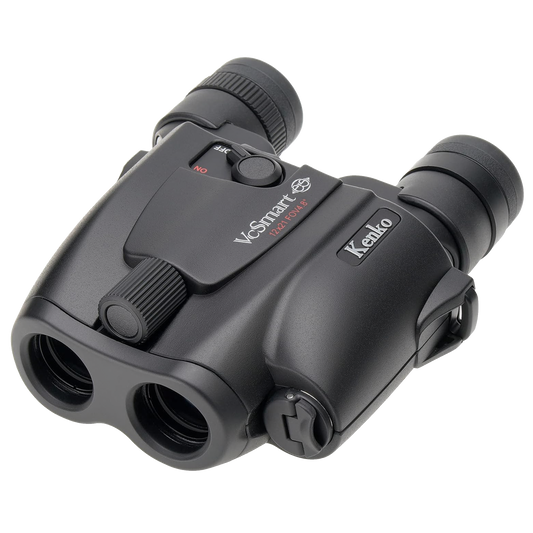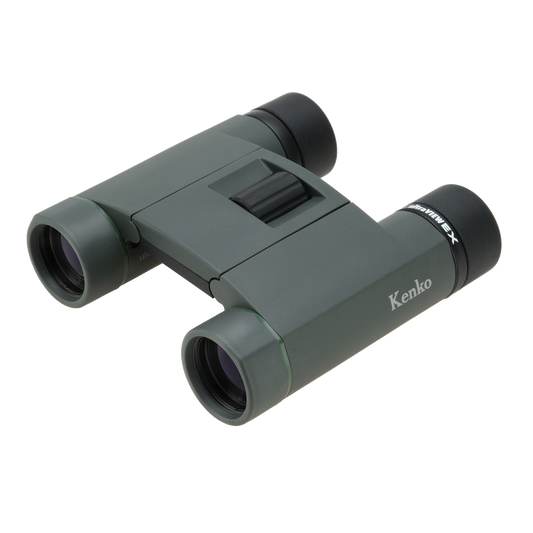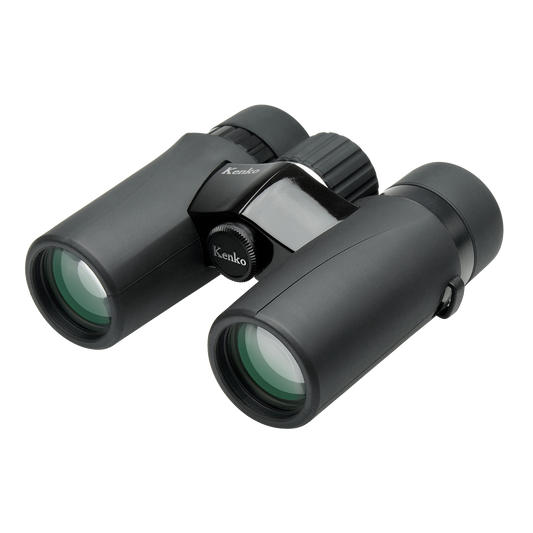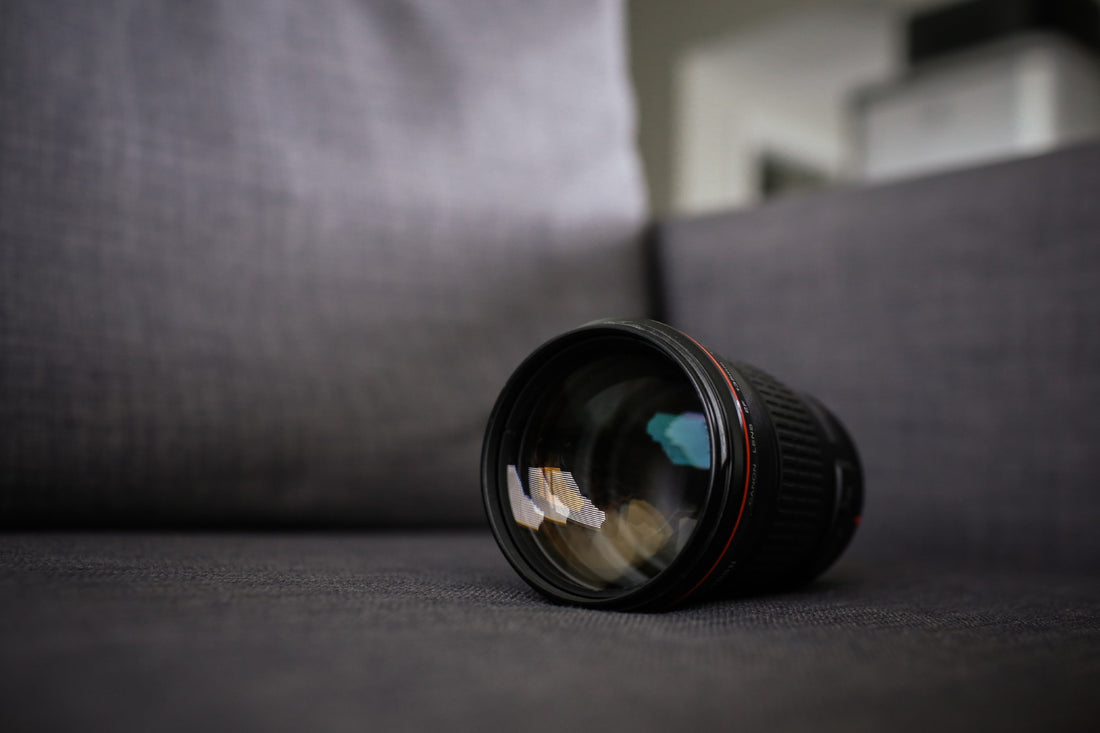
How to Master Your Wide-Angle Lens
 Photo by William Thomas on Unsplash
Photo by William Thomas on Unsplash
If you’re a landscape photographer, then your least and most favorite photography accessory is probably your wide-angle lens.
Why, you ask?
Wide-angle lenses are phenomenal at bringing the viewer into a picture and creating epic stories. But all of the strengths of a wide-angle lens are also all of its weaknesses - distortion and vignetting among them.
If you have found yourself frantically searching “how to use a wide-angle lens” in the middle of a far-flung photoshoot, then this article is probably for you!
Understanding What a Wide-Angle Lens Really Does
The basic point of a wide-angle lens - and any lens, for that matter - is to capture a 3D world and transfer it into a 2D photo. Wide-angle lenses are the reason Apple created a panorama option with their iPhone cameras.
A regular human can see about 60 degrees, or the equivalent of a 45mm, without turning their neck. If you’re working with your 16mm wide-angle lens, then you can now capture 107 degrees of perspective.
Now, wide-angle lenses are also infamous for taking a huge, beautiful landmark and transforming it into a tiny, dull thing in a photo. If you’re fitting an incredibly large world into an incredibly small photograph, then of course the individual objects in that photograph are going to be smaller than in “real life.”
In the video above, Techquickie gives us a quick overview of what wide-angle lenses can do for your photos.
Learn More:
- 5 Underrated Ways to Improve Your Photos
- Learn Landscape Photography by Trying These Simple Techniques
Picking the Right Kind of Filters for Wide-Angle Lenses
 Photo by Marcelo Quinan on Unsplash
Photo by Marcelo Quinan on Unsplash
A polarizer is a must-have filter for wide-angle lenses.
Not only do polarizing filters boost contrast in the sky, making the blue atmosphere deeper and the white clouds brighter, but they also reduce atmospheric haze which allows for far-off landscape to appear more clear.
 Photo by Georgia Dixon on Unsplash
Photo by Georgia Dixon on Unsplash
Plus, if you’ve ever taken even just one photo near a body of water without a polarizing lens, then you know the glare off the water is almost unbearable.
Our favorite polarizing filters for wide-angle lenses are all crafted by Kenko.

The Kenko Nyumon wide-angle slim ring polarizer shown above is particularly small, which comes in handy to prevent vignetting.
When you use a polarizing filter on your wide-angle lens that is too thick, then the corners of the image will be less bright and realistic than the center of the image.
Plus, depending on the size of filter you need, they start at about $15, this is for sure amongst the cheapest of the high-quality polarizing filters you can get your hands on.
Don't think that because it's inexpensive that the Kenko polarizer is a cheap knock-off, either. The optical quality of the glass and the precise construction of the filter get you great results - I should know because I use this filter!
Use a Wide-Angle Lens to Create a “Hero Shot”
 Photo by Andrew Ly on Unsplash
Photo by Andrew Ly on Unsplash
I’m focusing on something called a hero shot to showcase exactly why losing your sense of scale in a photograph with a wide-angle lens is actually not a bad thing.
If you know your wide-angle lens is going to morph and distort your landscape, then don’t use a wide-angle lens when the landscape needs to be seen as bigger than life. Instead, use it to create a hero shot by placing your subjects closer to the camera.
In this way, the incredible lakes and mountains and rivers and valleys showcase the grand nature of your subject.
 Photo by Christopher Burns on Unsplash
Photo by Christopher Burns on Unsplash
As an example, in this photo, it is obvious to the viewer that this man is going to conquer that mountain range. The man is the hero, the mountain range is his hero’s quest. While it may look large, there is no question in the viewer’s brain that this man will be victorious.
 Photo by Chris Liverani on Unsplash
Photo by Chris Liverani on Unsplash
If you’re looking to keep the sense of scale on a photograph with subjects, on the other hand, then you can easily place your subjects within the landscape instead of in front of your camera, like the photo above.
This type of photograph is used pretty constantly with elopements or destination weddings. It says to the viewer, "look at what these people are a part of, rather than look at what these people can do."
A Wide-Angle Lens Increases a Photo’s Sense of Depth
 Photo by Nathan Anderson on Unsplash
Photo by Nathan Anderson on Unsplash
Wide-angle lenses may be most useful to draw a viewer into the photo through an increase in the photo’s depth.
When you place a wide-angle lens close to the ground, or in this example, the water, you are emphasizing the differences between the foreground and the background.
This photo nearly feels like the viewer can jump out onto that rock. It also draws the viewers’ eyes over the pool of water and up into the waterfall, increasing the probability that they will question where the photo was taken and what other beauties await above the waterfall.
Learn More:
Originally posted on PhotographyTalk.com.
